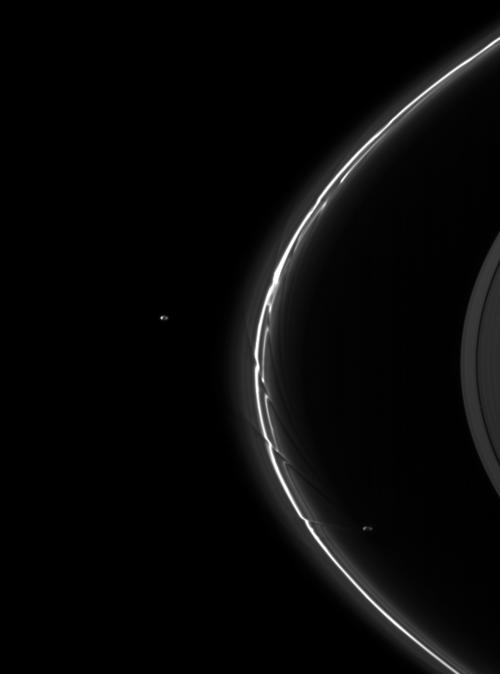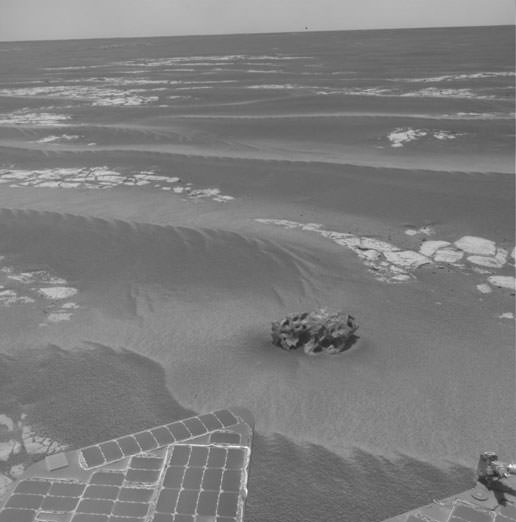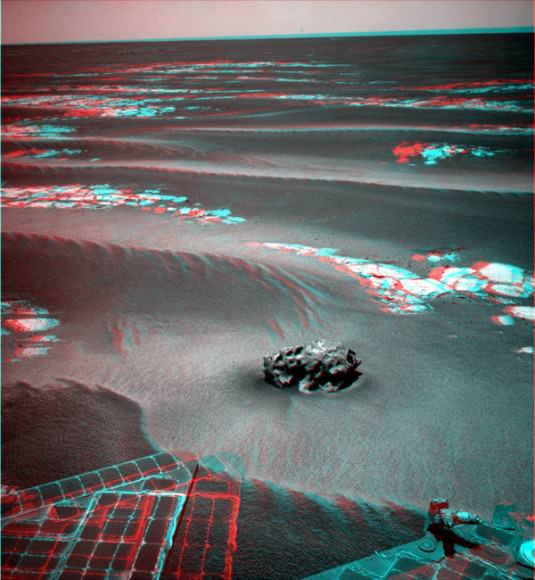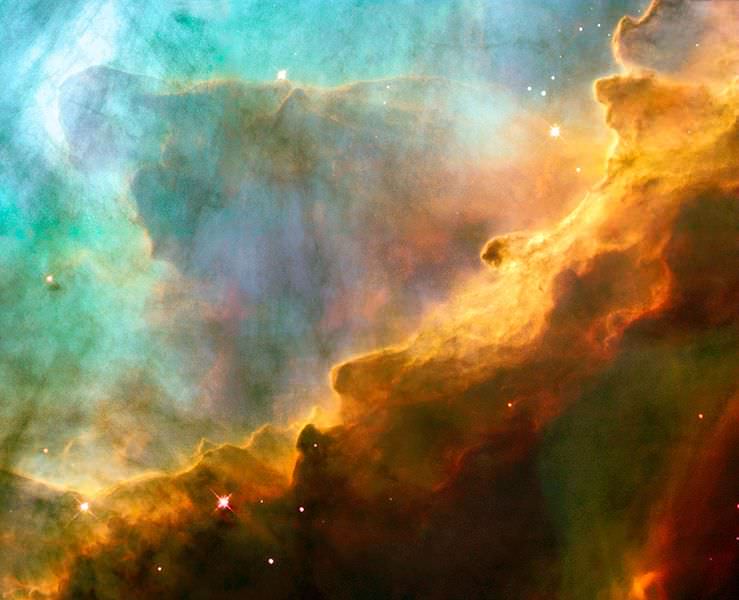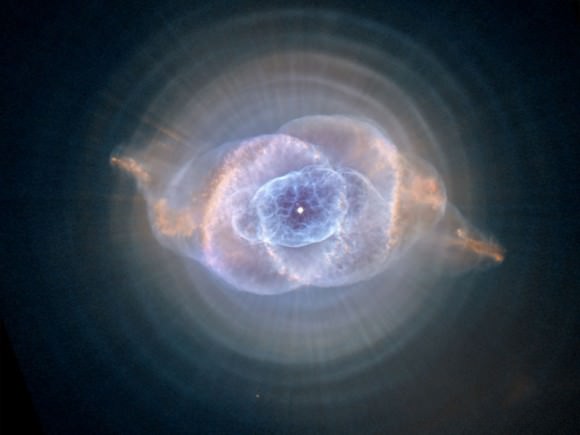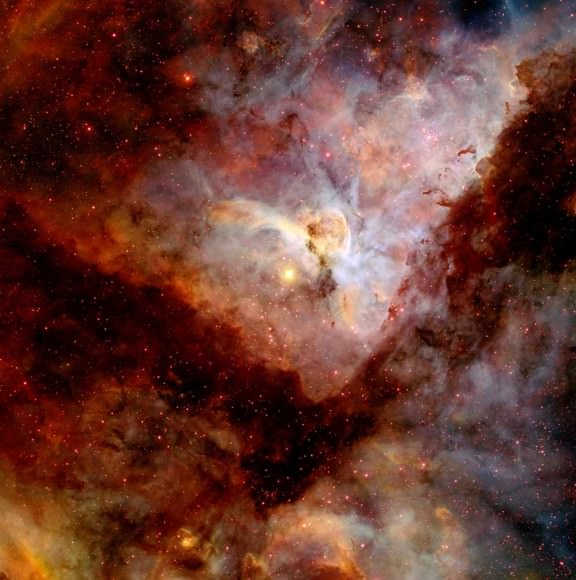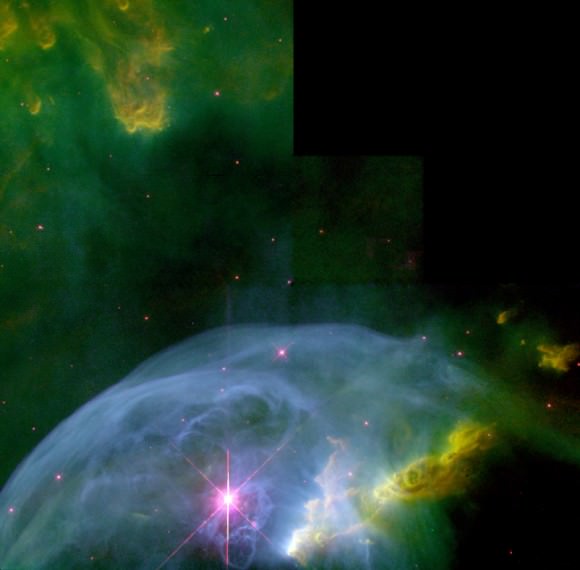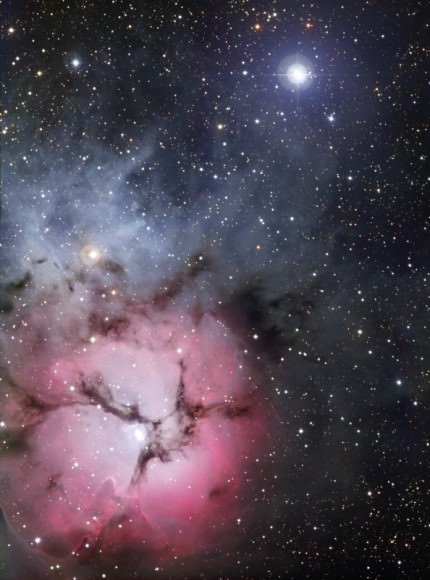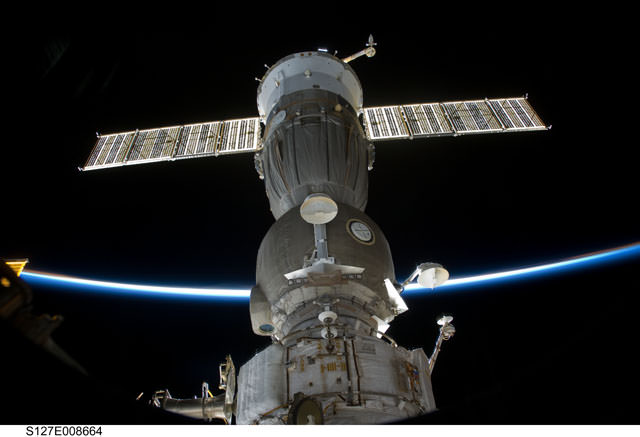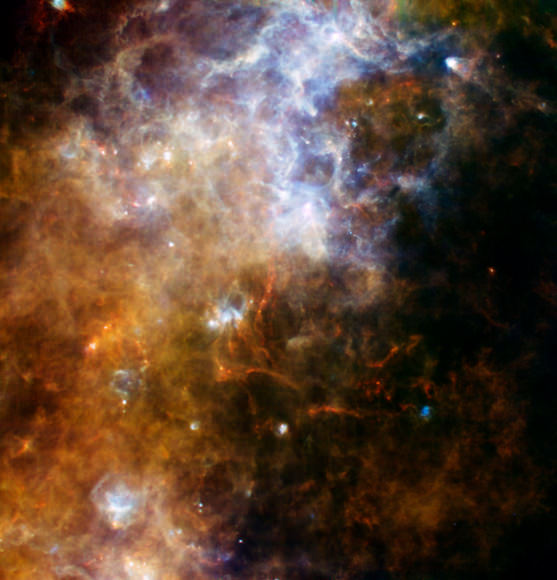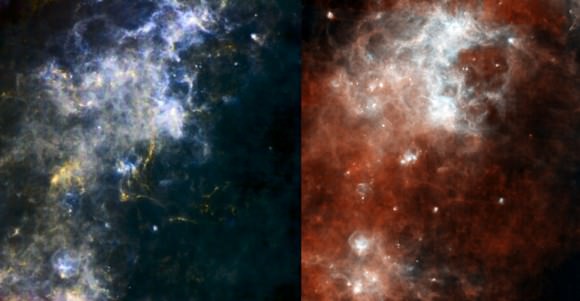Greetings, fellow SkyWatchers! Are you ready to catch the planetary action? Then get thee out into the night, because right now is the perfect time of year to catch all of our solar system bodies in the same day! Be sure to be out on Saturday night, too… Because it’s “Harvest Moon”! Need a little bit more of a challenge? Then fly off to Cygnus as we take a look at two of its most beautiful (and challenging) double stars! Whenever you’re ready, I’ll see you in the dark…
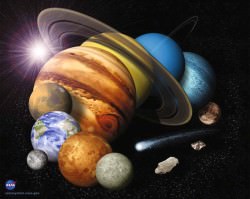 Friday, October 2, 2009 – It’s that time of year! Time to be able to see all the planets in 24 hours! If you’re able to get up before sunrise, it’s a good time to watch celestial mechanics in action as Mercury, Venus, and Saturn are beginning to draw together just before dawn. Be on the lookout for Mars nearly overhead. Now is a good time to see details.
Friday, October 2, 2009 – It’s that time of year! Time to be able to see all the planets in 24 hours! If you’re able to get up before sunrise, it’s a good time to watch celestial mechanics in action as Mercury, Venus, and Saturn are beginning to draw together just before dawn. Be on the lookout for Mars nearly overhead. Now is a good time to see details.
If you haven’t spotted Uranus yet, let the Moon be your guide tonight for finding it about 5 degrees south. Even with bright skies, you should be able to distinguish its faint greenish disk from surrounding stars. What of Neptune? The blue world is a bit further from the Moon tonight on the ecliptic, and you’ll find it around 21:45 in right ascension. The last is the mighty Jove. For binoculars and telescopes, Jupiter is definitely the king of the observable planets for detail. Not only can you spot its different zones and equatorial belts, but refractor users can also regularly distinguish the faded Great Red Spot and other fine features, such as white ovals. For all larger apertures, be on the lookout for the moons! It’s very exciting to watch a shadow transit or to catch a Galilean as it reappears from behind the limb. In just a matter of a few hours, Jupiter’s details can change greatly!
For those who still cheer for Pluto’s status as a planet? The tiny god of the underworld still holds its place in our Solar System. . .and the sky! You can find it during the early evening around 18:02 in right ascension. Good luck on your planet quest!!
Saturday, October 3, 2009 – When the Universal Date changes tonight, the Moon will become full, and this will be the one closest to the autumnal equinox. Because the Moon’s orbit is more nearly parallel to the eastern horizon, it will rise near dusk for the next several nights in a row. On the average, the Moon rises about 50 minutes later each night, but at this time of year it’s around 20 minutes later for mid-northern latitudes and even later further north. Because of this added light, the name ‘‘Harvest Moon’’ was coined; it allowed farmers more time to work in the fields.
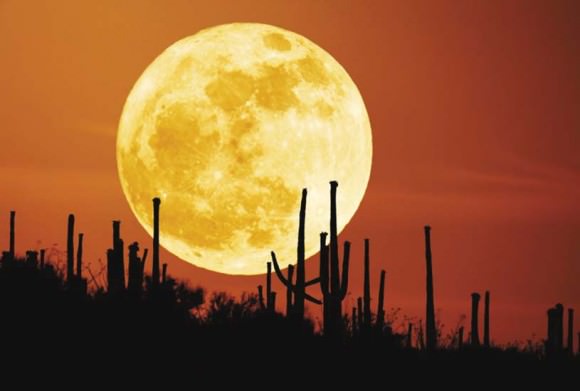
Often times we perceive the Harvest Moon as being more orange than at any other time of the year. The coloration is caused by the scattering of the light by particles in our atmosphere. When the Moon is low, like now, we get more of that scattering effect, and it truly does appear more orange. The very act of harvesting itself produces more dust, and often times that coloration will last the whole night through. And we all know the size is only an ‘‘illusion’’. . .
So, instead of cursing the Moon for hiding the deep-sky gems tonight, enjoy it for what it is, a wonderful natural phenomenon that doesn’t even require a telescope!
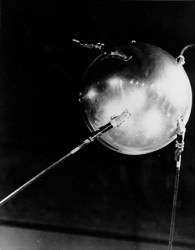 Sunday, October 4, 2009 – This date in 1957, the USSR’s Sputnik 1 made space history, as it became the first man-made object to orbit Earth. Earth’s first artificial satellite was tiny, roughly the size of a basketball, and weighed no more than the average man. Every 98 minutes it swung around Earth in its elliptical orbit. . .and changed everything. It was the beginning of the ‘‘Space Age.’’ Take the time with your children or grandchildren to check Heaven’s Above for visible passes of the International Space Station (ISS), and think about how much our world has changed in just over half a century!
Sunday, October 4, 2009 – This date in 1957, the USSR’s Sputnik 1 made space history, as it became the first man-made object to orbit Earth. Earth’s first artificial satellite was tiny, roughly the size of a basketball, and weighed no more than the average man. Every 98 minutes it swung around Earth in its elliptical orbit. . .and changed everything. It was the beginning of the ‘‘Space Age.’’ Take the time with your children or grandchildren to check Heaven’s Above for visible passes of the International Space Station (ISS), and think about how much our world has changed in just over half a century!
Tonight we’ll begin with an easy double star and make our way toward a more difficult one. Beautiful, bright, and colorful, Beta Cygni is an excellent example of an easily split double star.
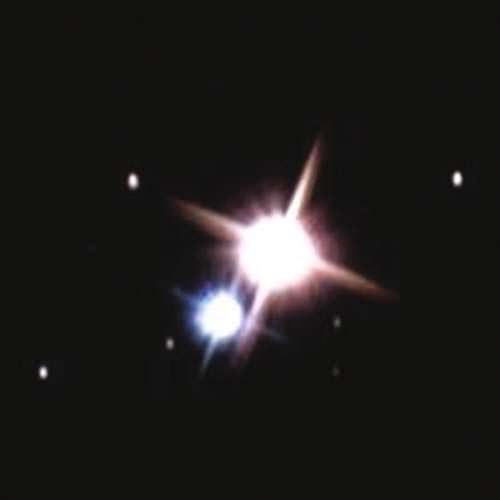
As the second brightest star in the constellation of Cygnus, Albireo lies roughly in the center of the ‘‘Summer Triangle,’’ making it a relatively simple target for even urban telescopes. Albireo’s primary (or brightest) star is around magnitude 4 and has a striking orangish color. Its secondary (or B) star is slightly fainter at a bit less than magnitude 5, and often appears to most as blue, almost violet. The pair’s wide separation of 3400 makes Beta Cygni an easy split for all telescopes at modest power, and even for larger binoculars. At approximately 410 light-years away, this colorful pair has a separation of about 4,400 Astronomical Unit (AU). As Burnham noted:
‘‘It is worth contemplating, in any case, the fact that at least 55 Solar Systems could be lined up, edge-to-edge, across the space that separates the components of this famous double!’’
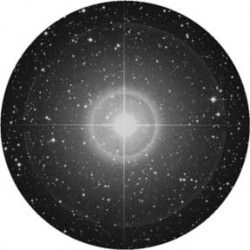 Now let’s have a look at Delta (RA 19 44 58 Dec +45 07 50). Located around 270 light-years away, Delta is a more difficult binary star. Its duplicity was discovered by F. Struve in 1830, and it is a very tough test for smaller optics. Located no more than 220AU away from the magnitude 3 parent star, the companion takes anywhere from 300 to 540 years to orbit its star and is often rated as dim as 8th magnitude. If skies aren’t steady enough to split it tonight, try again! Both Beta and Delta are on many challenge lists.
Now let’s have a look at Delta (RA 19 44 58 Dec +45 07 50). Located around 270 light-years away, Delta is a more difficult binary star. Its duplicity was discovered by F. Struve in 1830, and it is a very tough test for smaller optics. Located no more than 220AU away from the magnitude 3 parent star, the companion takes anywhere from 300 to 540 years to orbit its star and is often rated as dim as 8th magnitude. If skies aren’t steady enough to split it tonight, try again! Both Beta and Delta are on many challenge lists.
Until next week? Ask for the Moon… But keep on reaching for the stars!
This week’s awesome images are (in order of appearance): Solar System Montage (credit—NASA), Saguaro Moon (credit and copyright—Stefan Seip (NASA/APOD), Sputnik Archival Image, Beta Cygni: Albireo (credit—University of Nebraska-Lincoln) and Delta Cygni (credit—Palomar Observatory, courtesy of Caltech). We thank you so much!

